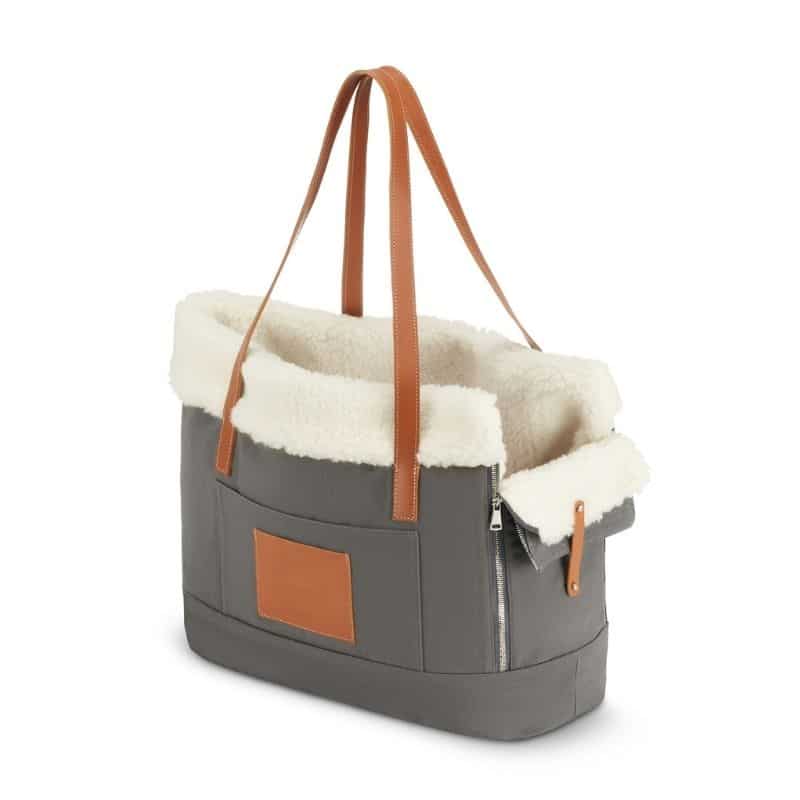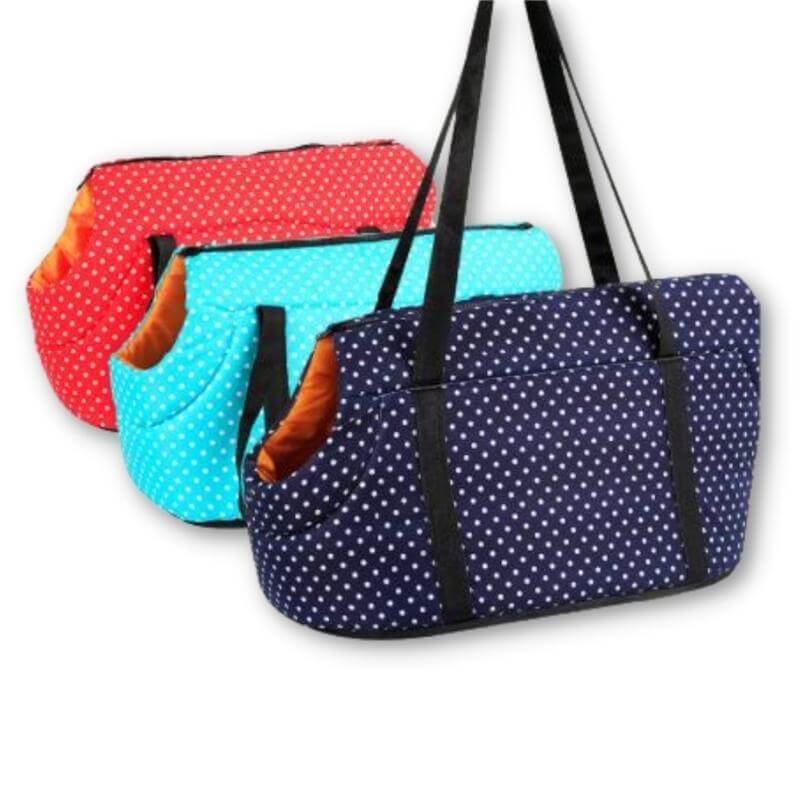
Petit Sac Pour Chien Chiot Transporteur Sac Transporteur pour Petits Chiens Chiot Sac À Main Chiot Pour Animaux De Compagnie Sac À Dos pour Chihuahua Chien Sac de Transport - AliExpress

Sac de transport pour chien Faubourg Martin Sellier 18733 : Animalerie Point Dog Brest : Alimentation et accessoires pour animaux de compagnie

Sac à Main De Voyage Accessoire pour Chien Sac De Week-End pour Animaux De Compagnie Sac à Main Chat avec Fenêtre Transporteur Portatif Extérieur Faux Cuir Fenêtre en Forme (Color:Rose) : Amazon.fr:

SAC DE TRANSPORT MULTI pour chien et chat Balade / Voyage, Balade / Voyage, Chats, Chiens, Sacs de Transport, Sacs de transport, Voyage, Voyage - Pets in the cité

Acheter Sac à dos pour chien Respirant Petit animal de compagnie Chien Porte-chien Sac à main Voyage en plein air Compagnie aérienne Approuvé Transport de sac pour chiens | Joom























